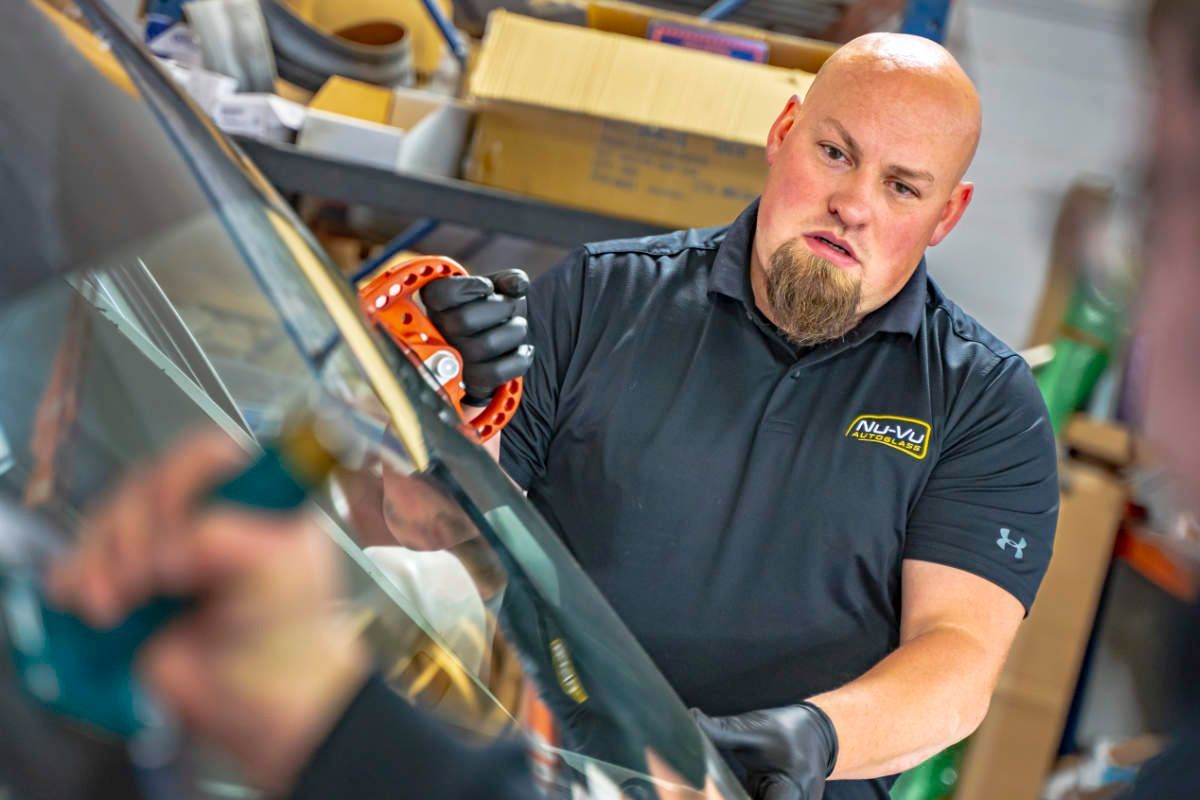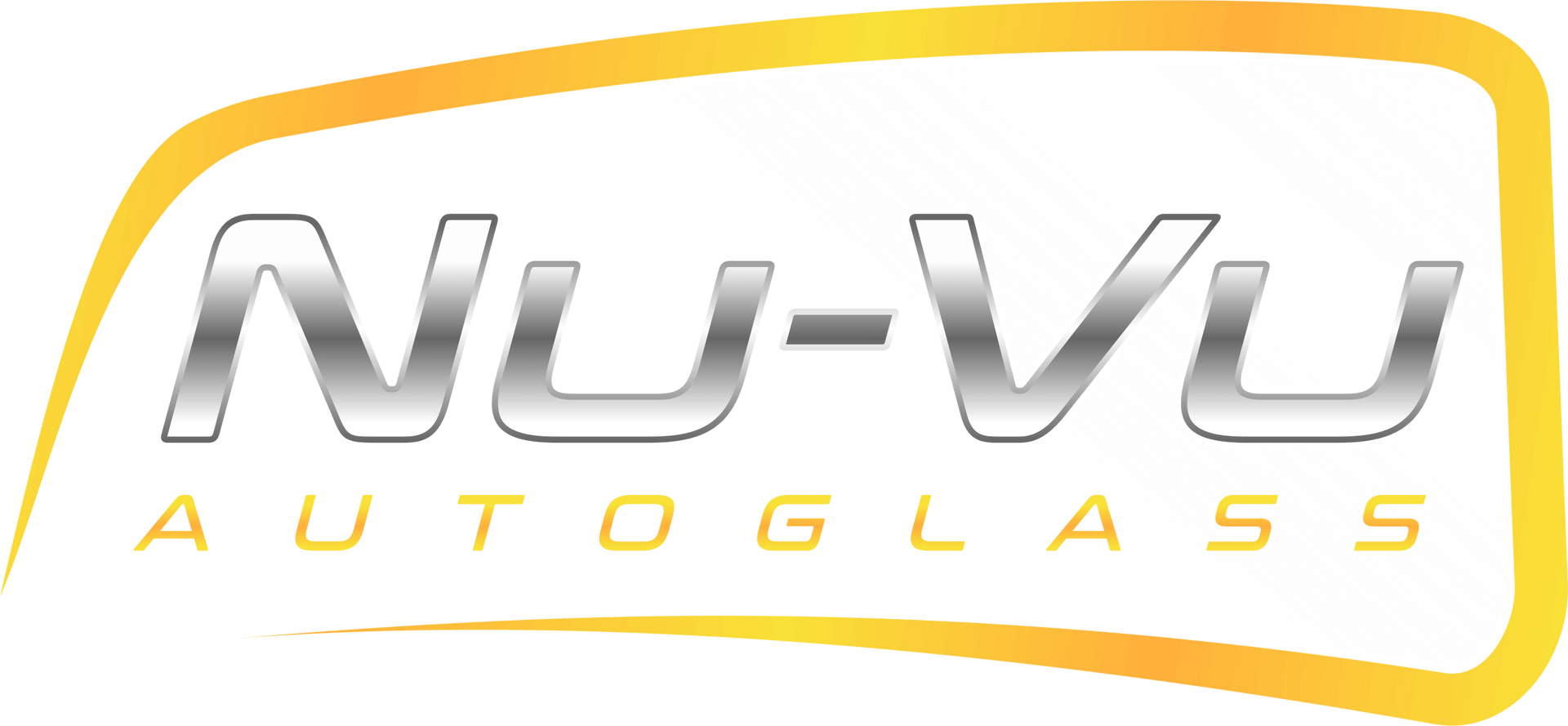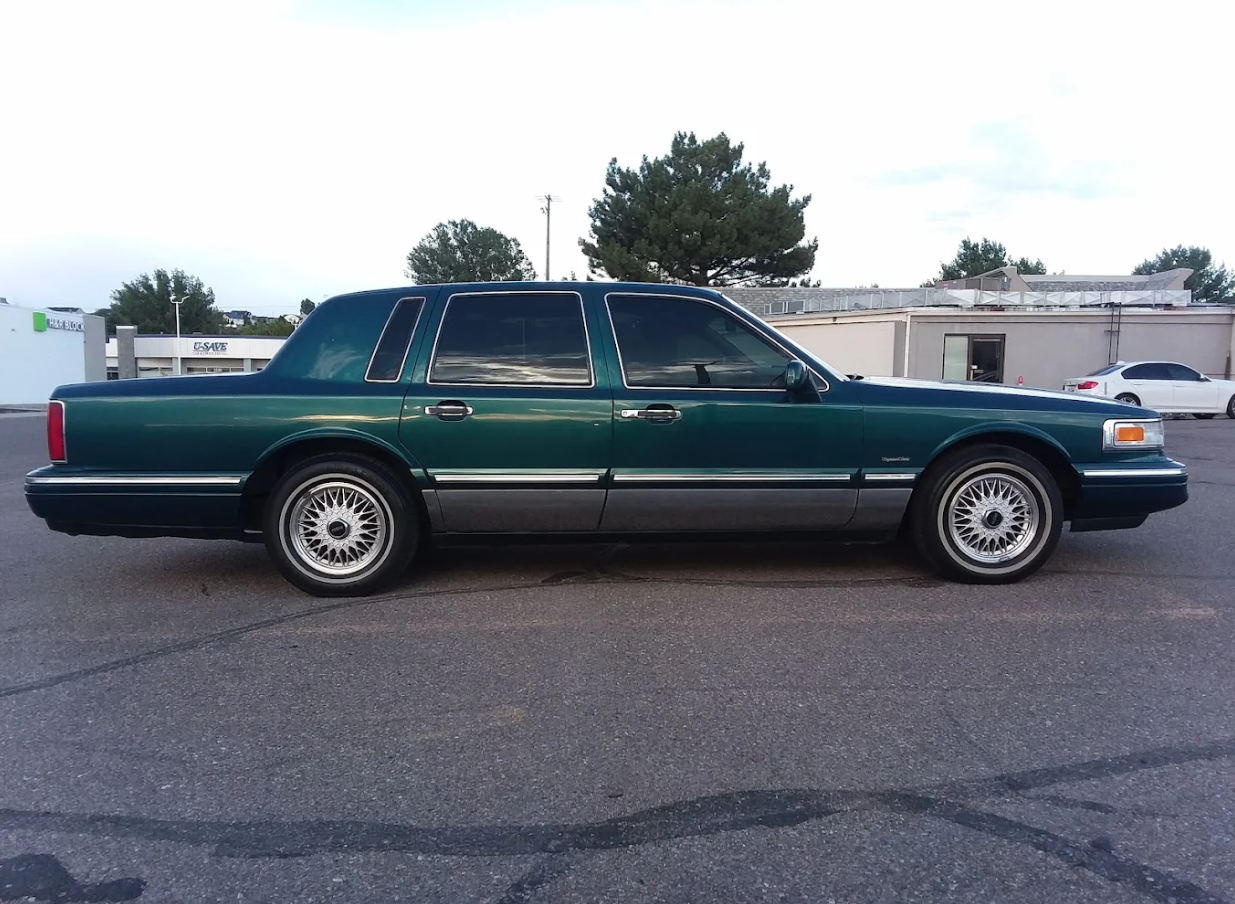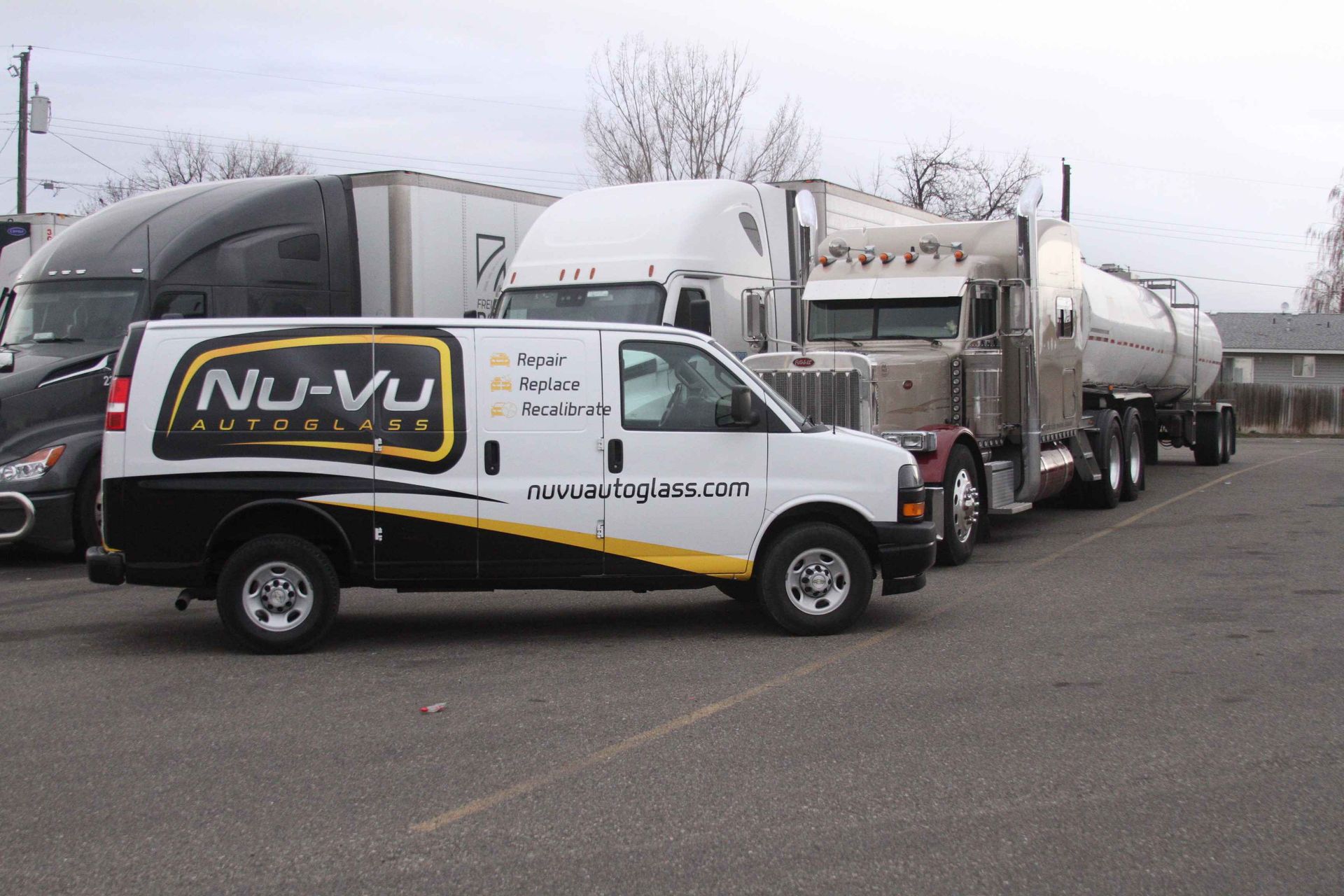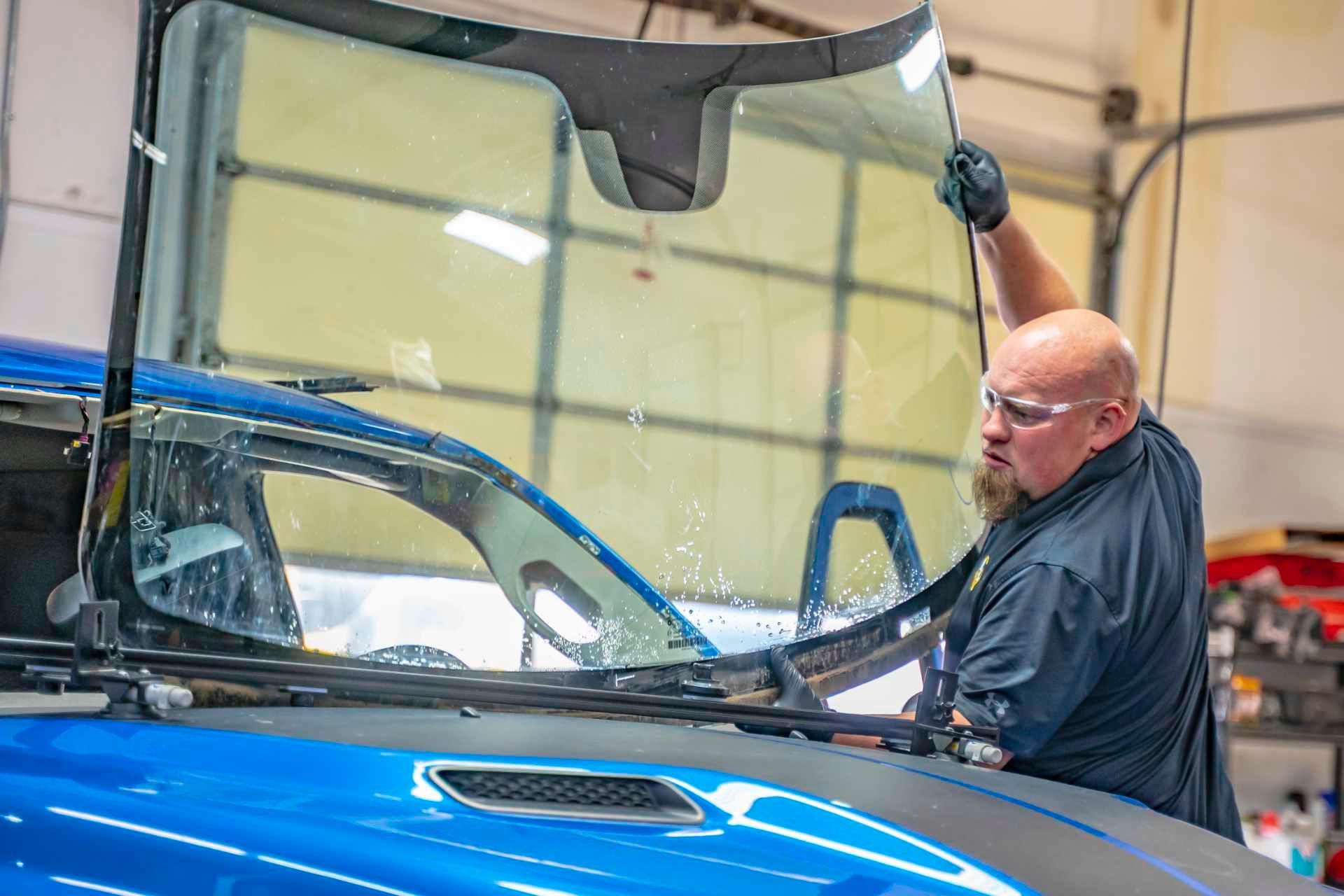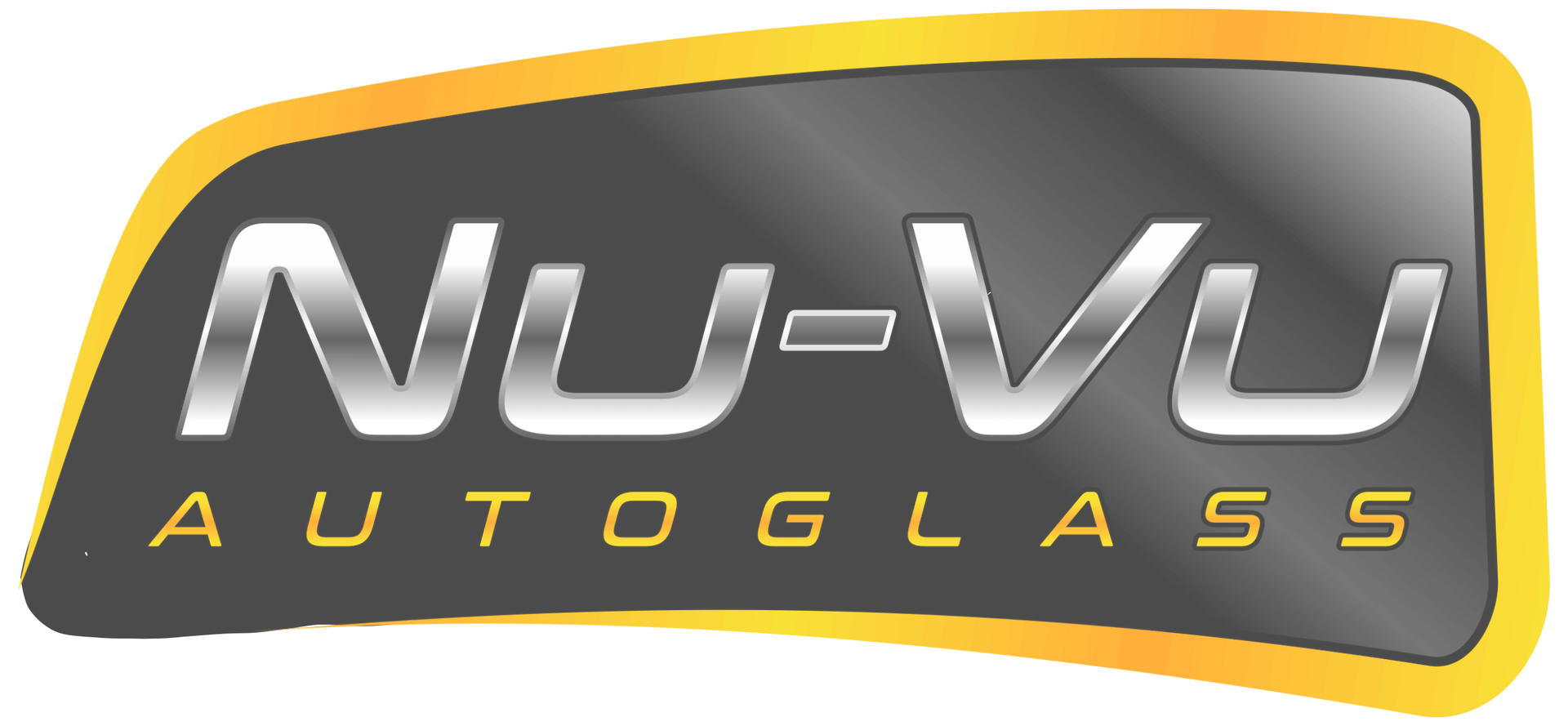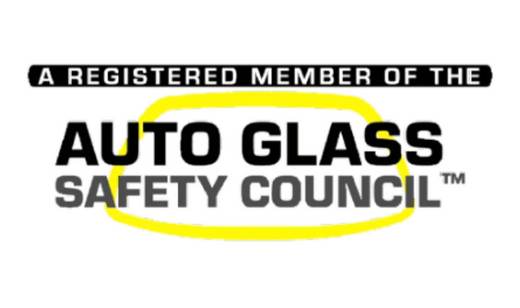What is ADAS Calibration and Why is it Important?
What is ADAS (Advanced Driver Assistance Systems)?
If you drive a modern vehicle, chances are you utilize safety features such as blind spot monitoring, lane keep assist, rear cross traffic alert, adaptive cruise control, and many more. All these features are made possible by ADAS (Advanced Driver Assistance Systems) technology. Experts recommend recalibrating this technology after a windshield replacement or even a collision in some cases. Do you need an ADAS calibration? Here’s everything you need to know about ADAS technology, calibration, and why it’s important for your safety on the road.
Common ADAS Features
- Lane Departure Warning
- Automatic Emergency Braking
- Adaptive Cruise Control
- Blind Spot Monitoring
- Rear Cross Traffic Alert
- Lane Keep Assist
- Driver Attention Monitoring
- And Many More!
Common Brand Names for ADAS Technology
- EyeSight® – Subaru
- Co-Pilot360™ – Ford
- Honda Sensing®
- Toyota Safety Sense™ (TSS)
- Nissan Safety Shield® 360
- Mazda i-ACTIVSENSE®
- Mercedes-Benz Intelligent Drive
- BMW Driving Assistant
- Audi pre sense®
- Hyundai SmartSense
- Kia Drive Wise
- Chevrolet Safety Assist
- Lexus Safety System+
- Volvo IntelliSafe
- AcuraWatch™
- Mitsubishi MI-PILOT Assist
- Genesis Advanced Safety
What is ADAS Calibration?
ADAS technology is a system of cameras and sensors built into your vehicle that relay information electronically to trigger warnings or automatic responses when necessary. Some of these cameras and sensors are mounted to the inside of your vehicle’s windshield, so when you get a windshield replacement, the cameras and sensors must be reattached to the new glass.
A certified auto glass technician will carefully realign the cameras and sensors to the precisely correct position. They will also use specialized techniques and equipment to calibrate your ADAS technology. There are two types of ADAS calibration:
- Static Calibration: Cameras and sensors are aligned properly and pointed at special targets to calibrate.
- Dynamic Calibration: The vehicle is exposed to road markings, signs, and traffic to calibrate its ADAS technology.
Some vehicles require one or the other, while some require both. It is important to fully calibrate your ADAS technology to ensure the accuracy of your safety features.
Why is Windshield Calibration Important?
Proper ADAS calibration requires many years of experience and very detailed training. This is because small mistakes can lead to big problems when performing such an intricate job. When securing your vehicle’s cameras and sensors, even one degree of misalignment can equate to about 20 feet on the road. This means your safety features will be extremely inaccurate and may even malfunction.
This could look like your vehicle applying emergency braking systems when you are actually a safe distance from the object in front of you, or your vehicle swerving into another lane because it thinks you’ve crossed out of yours. Not only does this put you and your passengers at risk, but other drivers as well. That’s why it’s so important to have your ADAS properly calibrated after a windshield replacement.
Certified ADAS Calibration to Keep You Safe on the Road
If your vehicle comes equipped with ADAS technology such as lane keep assist or automatic emergency braking, you will likely need one or both types of calibration after your windshield replacement. Small misalignments in cameras and sensors can lead to massive inaccuracies in your safety features, which is why it is important to calibrate these systems.
Nu-Vu Auto Glass offers certified ADAS calibration throughout Southern and Eastern Idaho. We have been providing auto glass services to local communities for over 60 years, so you can be confident in our quality and customer care. If you need ADAS calibration in Twin Falls, Burley, Pocatello, ID, or surrounding areas, contact Nu-Vu Auto Glass today for a free quote!
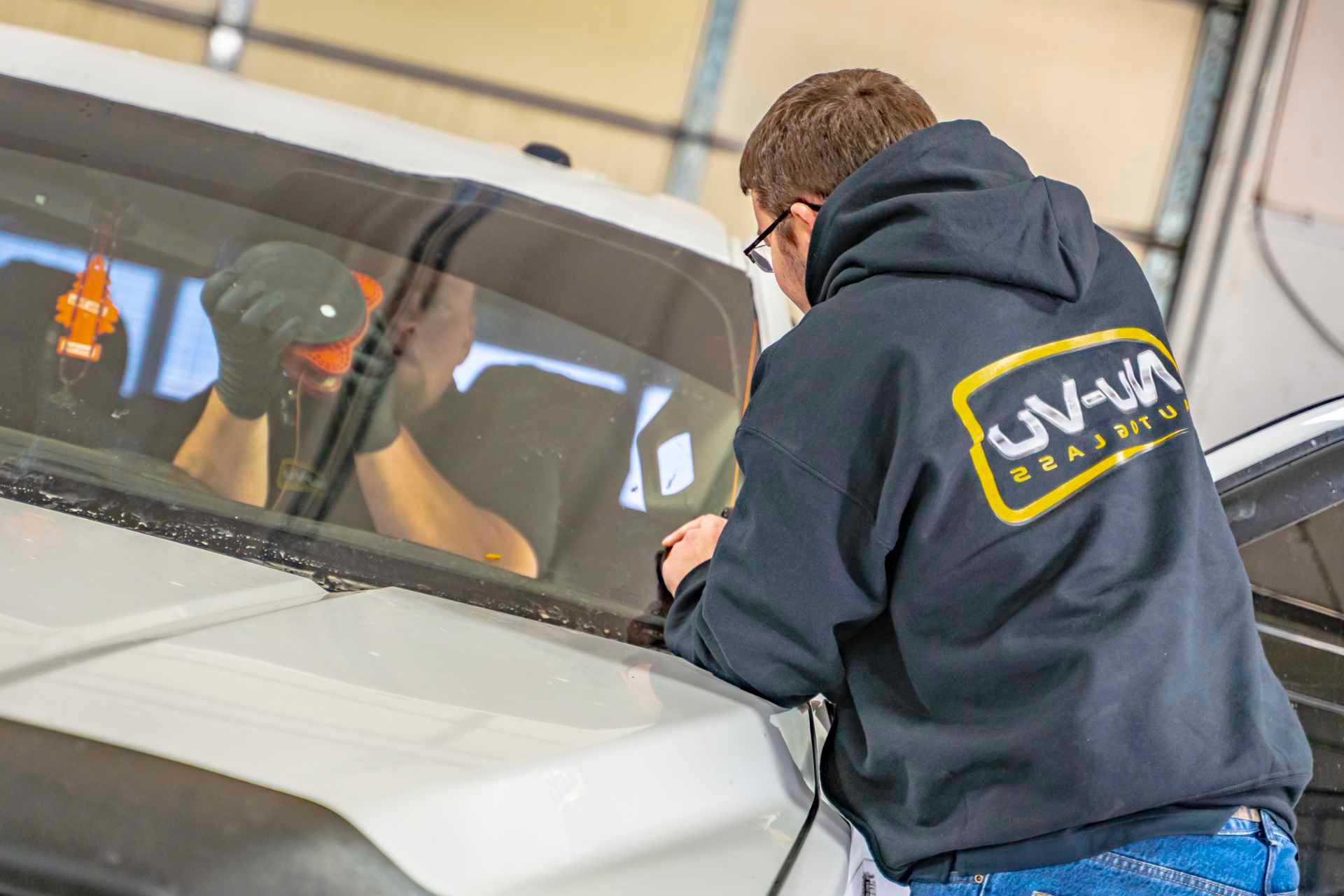
Call your Nu-Vu Auto Glass shop or Get A Quote Today
Serving Idaho with auto glass services has been our family tradition for over three generations.




